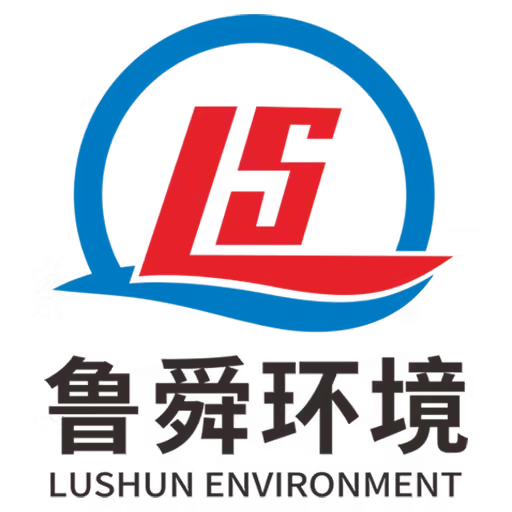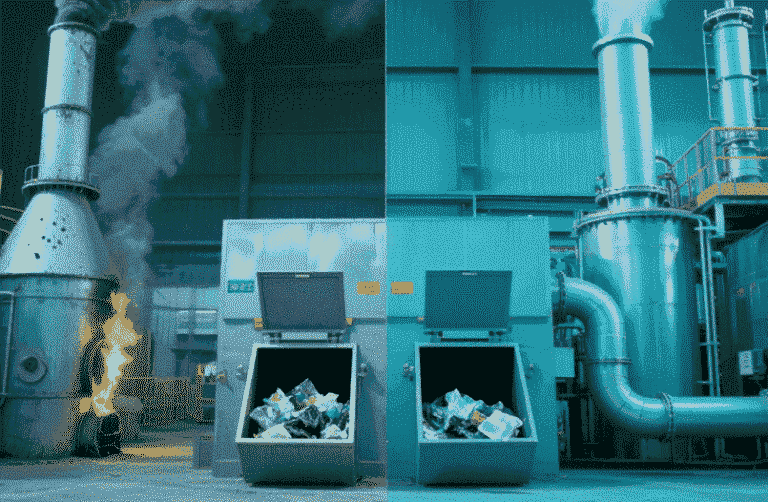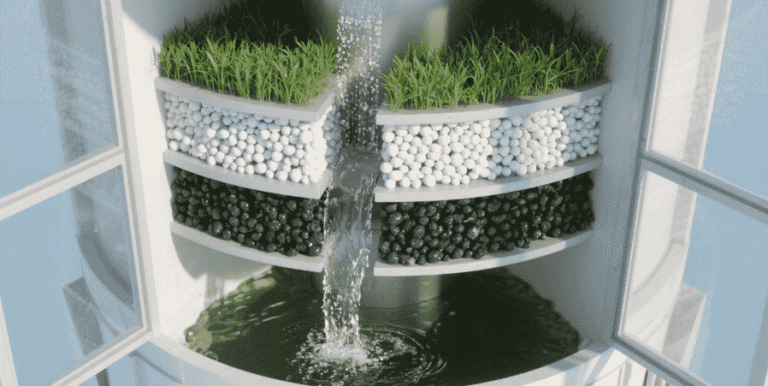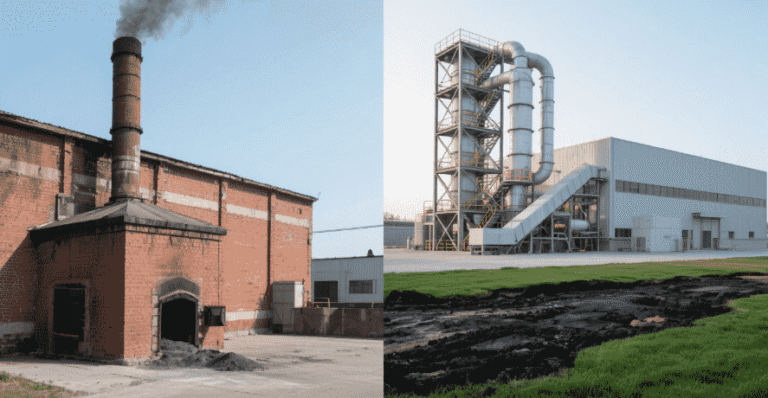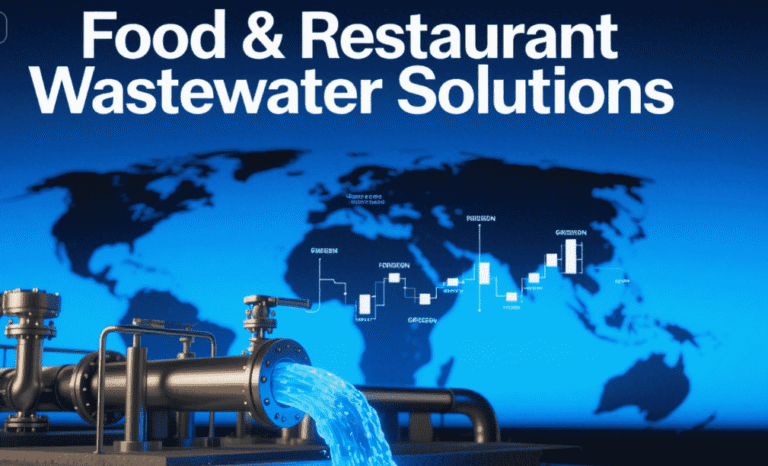Welcome to My Blog! 🌟
I’m so glad you’re here! Before we jump into the exciting content, I’d love for you to connect with me on my social media platforms. It’s where I share extra insights, interact with our amazing community, and post regular updates. Here’s how you can join the conversation:
📘 Facebook: Follow me on Facebook for more updates
Now, let’s dive into the journey ahead. I hope you find everything here both engaging and valuable. Together, let’s explore, learn, and grow! 🚀
Table of Contents
Introduction
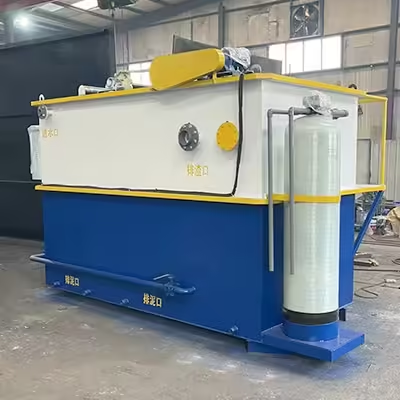
In the realm of industrial water treatment, the air flotation machine is a widely adopted technology that effectively removes suspended solids, oils, and other pollutants. It is an essential solution for various sectors such as municipal wastewater treatment, food processing, textile, and chemical industries. Despite its impressive capabilities, the air flotation machine can face operational issues that impact performance and efficiency. In this comprehensive blog post, we will explore the top three most common issues faced with the air flotation machine and how to solve them effectively.
As a leading manufacturer and innovator in environmental protection equipment, Shandong Lushun Environmental Technology Co., Ltd. provides high-quality, reliable, and technically advanced air flotation machines. Our goal is to help customers address common challenges while improving operational efficiency.
Understanding the Air Flotation Machine Working Principle
The air flotation machine operates on the principle of microbubble flotation. Pressurized air is dissolved in water to create a supersaturated solution, which is then released into a flotation tank. As the pressure is reduced, tiny air bubbles form. These bubbles adhere to contaminants in the water, forming air-flotation bodies that float to the surface due to their reduced density. A mechanical scraper then removes the floated scum.
This technology is highly effective for treating wastewater containing oils, suspended solids, and other colloidal particles. However, for maximum performance, operators must understand common challenges that could disrupt its operation.
Common Problem 1: Poor Bubble Formation
How Bubble Formation Affects Efficiency
One of the most vital elements of an air flotation machine is the formation of microbubbles. These bubbles are responsible for lifting contaminants to the surface. When bubble formation is suboptimal, pollutant removal efficiency drops significantly. Without sufficient bubbles adhering to particles, contaminants remain suspended in the water column, leading to decreased treatment quality and higher downstream load.
Causes
- Inadequate air-to-water ratio in the pressurization system
- Faulty or clogged nozzles
- Insufficient pressure in the dissolved-air tank
- Worn or corroded air diffusers
- Temperature variations affecting solubility
Solutions
- Regularly monitor and adjust the air-water mixing ratio for optimal microbubble size
- Conduct routine nozzle cleaning and maintenance to prevent blockages
- Ensure the pressurization system is functioning at optimal levels with proper calibration
- Replace or refurbish damaged diffusers and inspect for corrosion
- Monitor water temperature and compensate with pressure adjustments if necessary
Common Problem 2: Sludge Accumulation and Ineffective Scum Removal
Why Efficient Scum Removal Matters
When the scum is not effectively removed from the surface, it can cause blockages, reduce treatment capacity, and affect water clarity. Accumulated scum also creates anaerobic conditions, fostering foul odors and bacterial growth, which may compromise the health and safety of the treatment environment.
Causes
- Malfunctioning scum scraper
- Improper scum discharge intervals
- Incorrect tank design or size
- Sticky or high-viscosity sludge
- Mechanical wear or misalignment in the scraper arm
Solutions
- Inspect and calibrate the mechanical scraper regularly to ensure consistent surface cleaning
- Set up an automatic interval timer for scum discharge based on sludge load and plant flow
- Consult with a professional to ensure appropriate tank sizing for your application and flow rate
- Implement heating or dilution to handle high-viscosity sludge types more effectively
- Replace worn scraper components and perform regular alignment checks
Common Problem 3: Uneven Water Distribution and Flow
Impact on Treatment Performance
Uneven flow in the air flotation tank can cause short-circuiting, where untreated water bypasses the flotation process entirely. This results in lower removal efficiency and inconsistent water quality. In severe cases, the performance of the entire water treatment line is compromised.
Causes
- Blocked or misaligned inlet pipes
- Incorrect tank installation or leveling
- Overloading of influent water
- Baffle damage or poor internal flow distribution
- Air leakage from fittings or valves
Solutions
- Regularly inspect and flush inlet and outlet pipes to remove obstructions
- Reinstall tanks according to manufacturer guidelines, ensuring level placement and secure fittings
- Avoid exceeding the machine’s rated capacity by regulating influent flow with automated controls
- Repair or replace damaged internal baffles to restore even flow paths
- Tighten or reseal air supply components to prevent leaks that impact system pressure
Performance Comparison Table
Here is a performance comparison table highlighting the ideal versus problematic conditions for an air flotation machine:
| Parameter | Ideal Condition | Problematic Condition |
|---|---|---|
| Bubble Size | 20-50 microns | >100 microns or no bubbles |
| Air-Water Ratio | 1:8 to 1:12 | Below 1:6 or above 1:15 |
| Sludge Removal Frequency | Automated intervals (every 15-30 mins) | Irregular or manual-only removal |
| Flow Rate Consistency | Steady and evenly distributed | Pulsating or uneven inflow |
| Scum Layer Thickness | Thin and continuously removed | Thick, stagnant layer |
Why Choose Shandong Lushun Environmental Technology Co., Ltd.
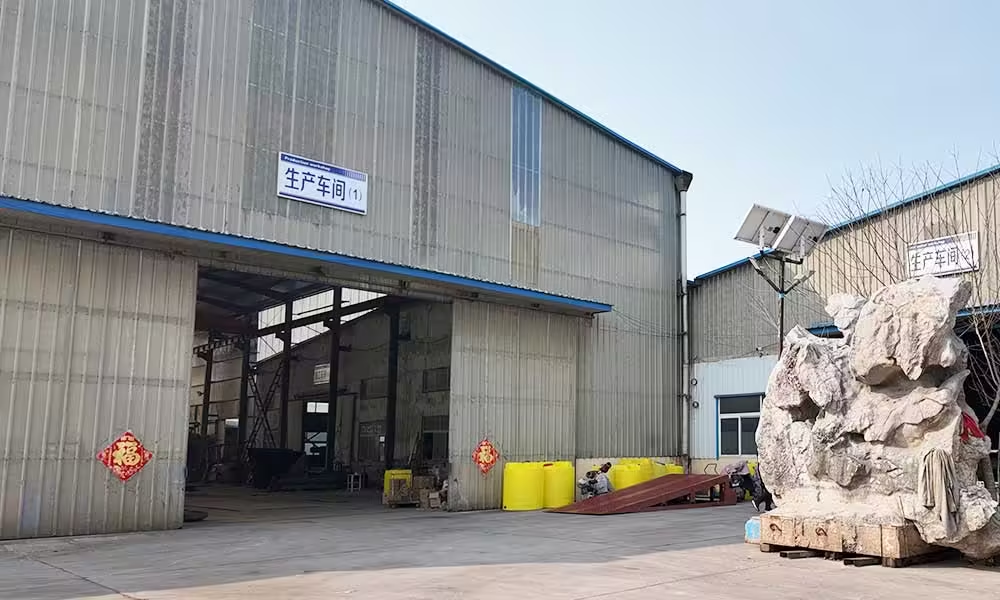
Shandong Lushun Environmental Technology Co., Ltd. stands at the forefront of the environmental protection industry, delivering reliable, high-performance water treatment solutions to customers across various sectors. With a deep commitment to technological innovation, sustainability, and customer satisfaction, we have become a trusted name in the field of wastewater treatment.
Our air flotation machine exemplifies our dedication to excellence. Designed with precision and built with robust materials, it integrates cutting-edge engineering with real-world functionality to meet the complex demands of modern industries. Whether it’s for food processing, petrochemicals, municipal sewage treatment, or textile dyeing, our system offers the performance and durability needed for long-term success.
Company Highlights
- Integration of R&D, production, and service : We operate a seamless system from research and development to manufacturing and after-sales service, ensuring quality control at every stage and rapid response to customer needs.
- Absorption of advanced international technology : Our design philosophy incorporates the latest environmental technologies from leading global markets, ensuring our equipment stays ahead of evolving industry standards.
- Competitive environmental protection products : We provide a full suite of water treatment solutions tailored to specific industry requirements. Our air flotation machines are just one example of the broad capabilities we offer.
- Commitment to sustainable and green development : We prioritize green manufacturing processes and develop energy-efficient equipment that contributes to environmental protection and resource conservation.
Air Flotation Machine Advantages
- Compact design (5600mm2500mm2200mm) : The machine’s compact footprint (5600mm × 2500mm × 2200mm) allows for easy integration into existing facilities, even where space is limited. It is designed for both portability and structural integrity.
- Efficient scum removal system : Equipped with a precision scraper mechanism, the system continuously removes floatation sludge to maintain optimal performance without frequent manual intervention.
- Wide applications in industrial and municipal sectors : The system is suitable for various sectors including municipal wastewater treatment, chemical manufacturing, food and beverage processing, slaughterhouse waste, and more—demonstrating remarkable adaptability.
- Reliable, long-lasting components (machine weight: 4200kg) : Built with high-strength materials, the system boasts a total weight of 4200kg, ensuring long-term operational stability, low maintenance needs, and a reduced total cost of ownership over its lifecycle.
Conclusion
The air flotation machine is an essential tool in modern wastewater treatment. However, issues such as poor bubble formation, sludge buildup, and uneven water distribution can hamper its performance. By understanding and addressing these problems, operators can significantly improve efficiency and output.
Partnering with Shandong Lushun Environmental Technology Co., Ltd. ensures that you benefit not only from high-quality machinery but also from professional technical support and innovative environmental solutions. Let us help you create cleaner water and a greener future.
FAQ
What industries benefit most from an air flotation machine?
Industries like municipal sewage, food processing, petrochemicals, and paper manufacturing commonly use air flotation machines for water treatment.
How often should maintenance be performed?
It is recommended to conduct monthly inspections and perform quarterly maintenance on components like nozzles, pumps, and scrapers.
Can the machine handle oily wastewater?
Yes, the air flotation machine is especially effective in removing oils, grease, and suspended particles from wastewater.
Is automation possible with this equipment?
Modern units from Shandong Lushun Environmental Technology Co., Ltd. are equipped with automation options for scum removal and flow control.
What is the delivery method and packaging weight?
The unit is delivered by water pump and packaged with a total weight of 4250kg, ensuring stability and safety during transportation.
